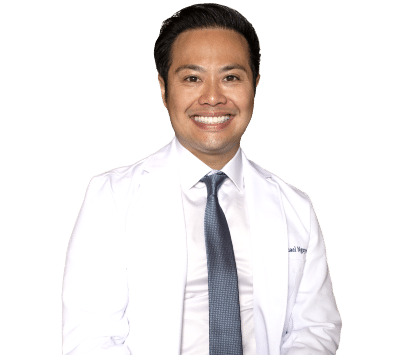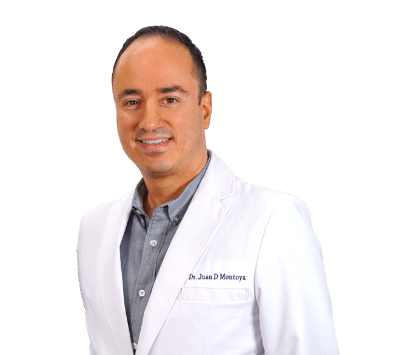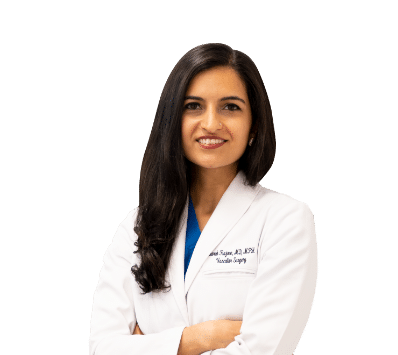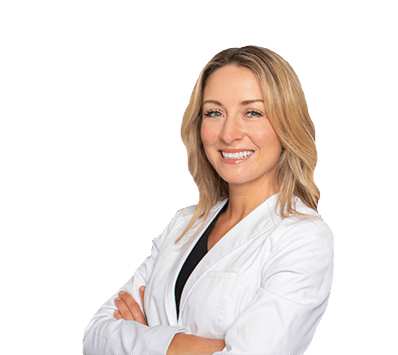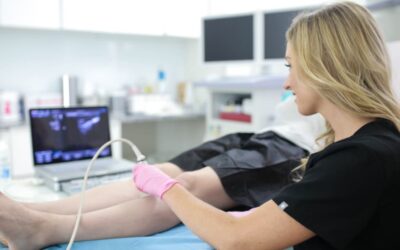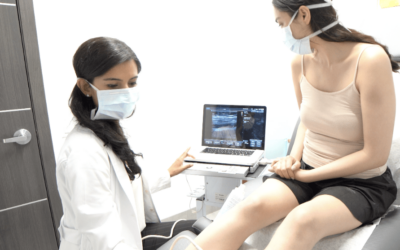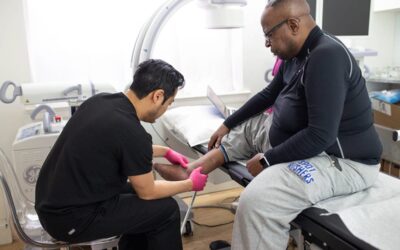Do Varicose Veins Hurt? What Symptoms Should I Look For?
Do varicose veins hurt? Yes, they can!
Varicose veins are often seen as a cosmetic issue, but for those who suffer from them, they can be quite painful. Varicose veins occur when blood flow is restricted in the veins, causing them to swell. In addition to being unsightly, varicose veins can cause a number of uncomfortable symptoms, including:
- Aching or throbbing pain in the affected area
- Muscle cramping
- Swelling in the legs
- Itching or burning sensations
- Restlessness
If you are suffering from any of these symptoms, it is important to seek treatment, especially since you may have a dangerous underlying circulatory disorder known as chronic venous insufficiency. There are a number of ways to reduce the symptoms of vein disease, including:
- Wearing compression stockings: Reduce swelling, pain, and the accumulation of blood.
- Exercise: Improves circulation and reduces the symptoms of vein disease.
- Walking: A great form of low-impact exercise to reduce the symptoms of vein disease.
- Elevating your legs: This reduces swelling by allowing blood to flow more easily to the heart.
The aforementioned lifestyle changes can’t treat varicose veins or underlying vein disease, but they can alleviate the symptoms temporarily. The only way to treat varicose veins and underlying venous insufficiency is with minimally invasive vein treatments in New York. You can find our state-of-the-art medical center for vein treatment in Midtown Manhattan or the Financial District, a short walk from the New York Stock Exchange.
Please schedule an appointment for vein treatment in New York.
What’s the root cause of varicose veins?
There are many factors that contribute to the development of varicose veins. These include heredity, pregnancy, obesity, standing or sitting for long periods of time, and trauma. But the root cause of varicose veins is chronic venous insufficiency (CVI). CVI occurs when the valves in the veins that carry blood from the legs to the heart are damaged or not functioning properly. This causes the blood to flow backward and pool in the veins. The veins then become enlarged and twisted.
There are several factors that can increase your risk of developing CVI, including:
- Heredity: If your parents or grandparents had CVI or varicose veins, you’re more likely to develop them as well.
- Pregnancy: The extra weight of pregnancy can put pressure on your veins and cause CVI.
- Obesity: Excess weight puts strain on your veins and can cause CVI.
- Standing or sitting for long periods of time: This can cause the blood to pool in your veins and lead to CVI.
- Trauma: An injury to your leg can damage the valves in your veins and cause CVI.
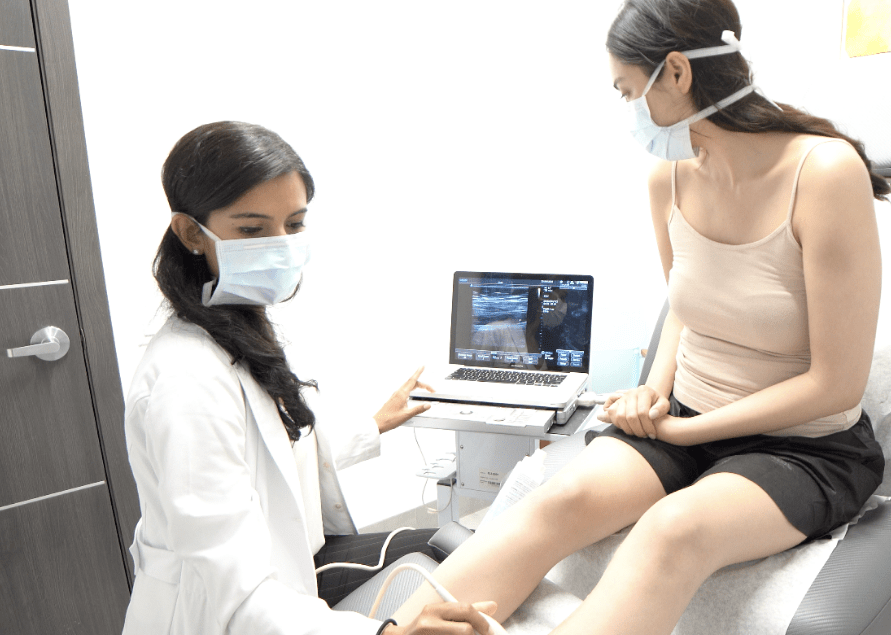
What are the other signs and symptoms of varicose veins and vein disease?
The valves in your veins keep blood flowing in one direction — towards your heart. When these valves don’t work properly, blood can flow backward and pool in your veins. This causes the veins to enlarge and twist, which can lead to pain and discomfort. While spider veins and varicose veins are the most visible signs of vein disease, you should also look for other symptoms, such as leg heaviness, muscle cramping, leg swelling, and more.
Leg Heaviness
The continued accumulation of blood in leg veins leads to heavy and swollen legs. Your legs may feel heavy and tired, especially at the end of the day.
Leg Swelling
The continued accumulation of blood in leg veins leads to edema and fluid accumulation, which, in turn, makes your legs and ankles look swollen.
Restless Leg Syndrome
Restless leg syndrome is a condition wherein you have an irresistible urge to move and shake your legs. This can prevent you from sleeping comfortably and cause daytime sleepiness.
Leg Cramps
The continued accumulation of blood in leg veins leads to the symptoms of muscle cramping. You may experience involuntary muscle contractions that start at the legs and spread to other parts of the body. If you experience frequent leg cramps at night or after long periods of sitting or standing still, you may have leg cramps.
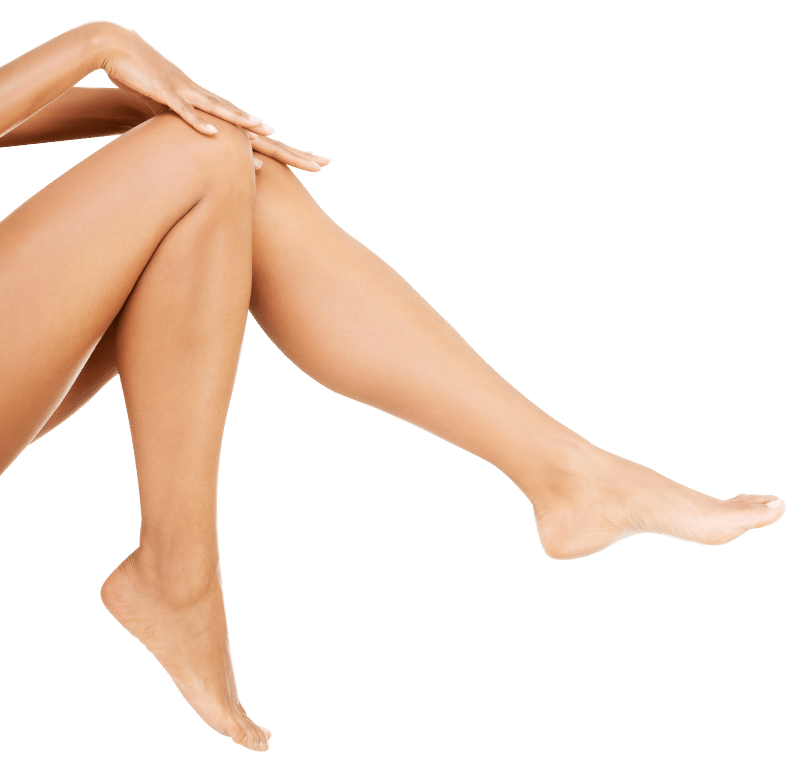
BOOK AN APPOINTMENT
Experiencing symptoms of vein disease? Book an appointment with one of the our Vein Specialists in New York.
Your information is encrypted and secure. By registering you confirm that you accept Terms and Conditions and Privacy Policy
Skin Discoloration
Chronic venous insufficiency prevents blood from flowing properly to your heart. The lack of proper blood circulation in the legs leads to skin discoloration. You may also develop rust-colored and leathery patches on your skin because of the breakdown of blood cells.
Leg Ulcers
Chronic venous insufficiency prevents proper blood circulation, which is essential for blood clotting and wound healing. Without proper blood circulation, the wounds in your legs don’t heal properly, leading to non-healing leg wounds, also known as leg ulcers.
Leg Ulcers
Over time, the accumulated blood in your leg veins may turn into blood clots. The hardened blood clots may eventually break and travel to the lungs, leading to a potentially fatal pulmonary embolism. Deep vein thrombosis leads to a hard and warm sensation on the legs.
How to get rid of swollen varicose veins?
Compression stockings are one of the most common conservative treatments for varicose veins. They work by applying pressure to your legs, which helps to improve blood flow and prevent the accumulation of blood in your leg veins. While compression stockings can alleviate the symptoms of vein disease and reduce some of the varicose veins, they can’t treat the problem. The only way to get rid of swollen varicose veins is through minimally invasive vein treatments in New York.
When you contact a board-certified vein doctor, you can expect a thorough consultation and diagnosis. The vein doctor will administer ultrasound tests to determine if you have chronic venous insufficiency, following which they may curate a personalized vein treatment plan for you. Your vein treatment may include radiofrequency ablation, endovenous laser ablation, venaseal, sclerotherapy, ambulatory phlebectomy, or a combination of these procedures.
Minimally invasive vein treatments usually conclude within an hour and don’t involve downtime.
MEET OUR NEW YORK
VEIN SPECIALISTS
Dr.MICHAEL NGUYEN
Veins Specialist NYC
He leads the team of vein doctors offering the highest level of care at our Spider and Varicose Vein Treatment Center NYC.
HARVARD MEDICAL SCHOOL
Dr. JUAN D. MONTOYA
Veins Specialists NYC
Highly sought after for his expertise and excellent outcomes in Vein Treatments in Manhattan.
YALE MEDICAL SCHOOL
Dr. SAREH RAJAEE
Veins Specialists NYC
She has extensive experience with vein performing procedures based on New York City.
HARVARD MEDICAL SCHOOL
Learn more about our clinics, doctors and procedures!

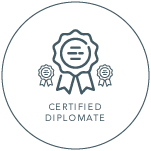

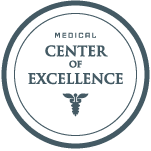



Contact us
Call us
Speak instantly with one of our team members; they will answer any questions you may have regarding insurance coverage, booking an appointment and our vein treatment locations. (646) 859-1833
Book online
Visit our Book Appointment page and instantly request an appointment at the New York vein center near you. We offer Free Insurance Verification before your appointment.
Get directions
Learn how to easily get to the New York vein center.
FEATURED POSTS BY VEIN DOCTORS
Get the Results You Want with Our Vein Treatments
Get the Results You Want with Our Vein Treatments If you're dealing with varicose veins or spider veins, you're not alone. Fortunately, New York Vein Treatment is here to help you achieve the results you want with our minimally invasive vein treatments. Led by...
Sclerotherapy: Spider Vein Treatment That Works
Sclerotherapy: Spider Vein Treatment That Works Are you tired of those unsightly spider veins that seem to appear out of nowhere on your legs, making you self-conscious about wearing shorts or skirts? Spider veins, those small, red, blue, or purple veins that often...
Varicose Vein Treatment Without Surgery: Benefits, Options, and Process
Varicose Vein Treatment Without Surgery: Benefits, Options, and ProcessIf you're dealing with varicose veins, you're not alone. Varicose veins are swollen, twisted veins that often appear blue or purple. They most commonly occur in the legs and are the result of...
The Best Vein Treatment in New York City
The Best Vein Treatment in New York City If you're dealing with the discomfort and unsightly appearance of varicose and spider veins, you're not alone. Millions of people in New York City and around the world are affected by these vein issues. Let's explore the best...
